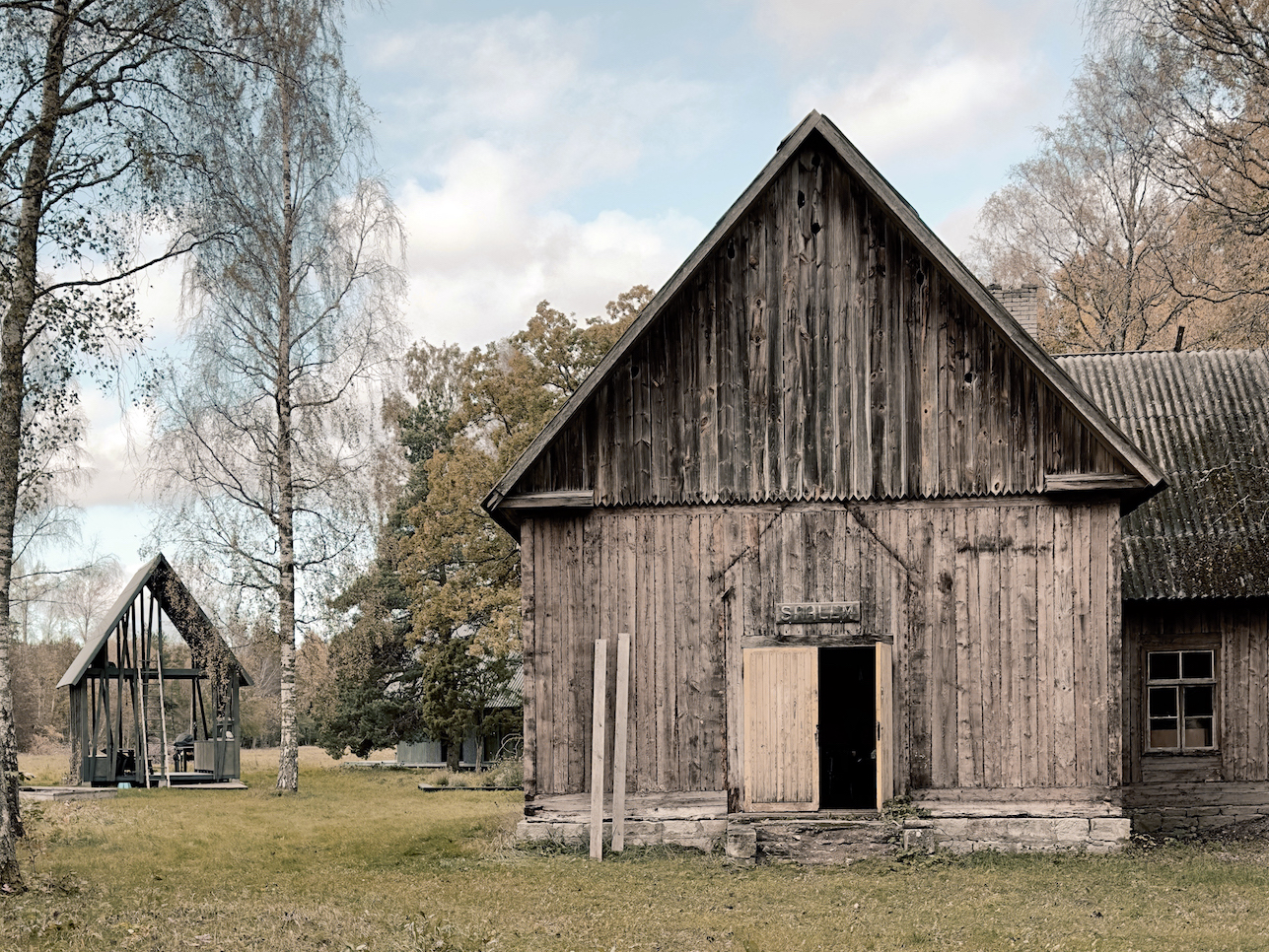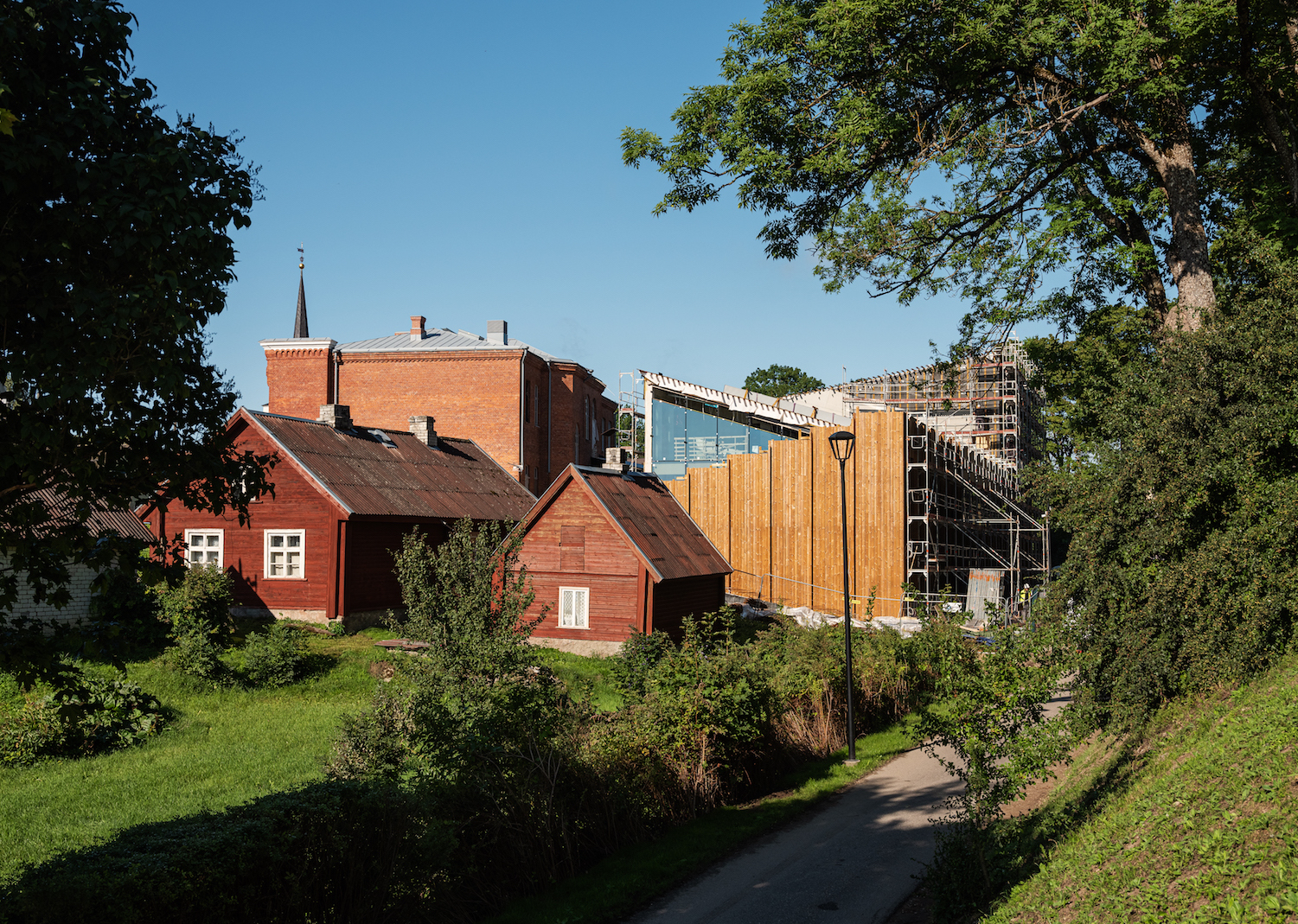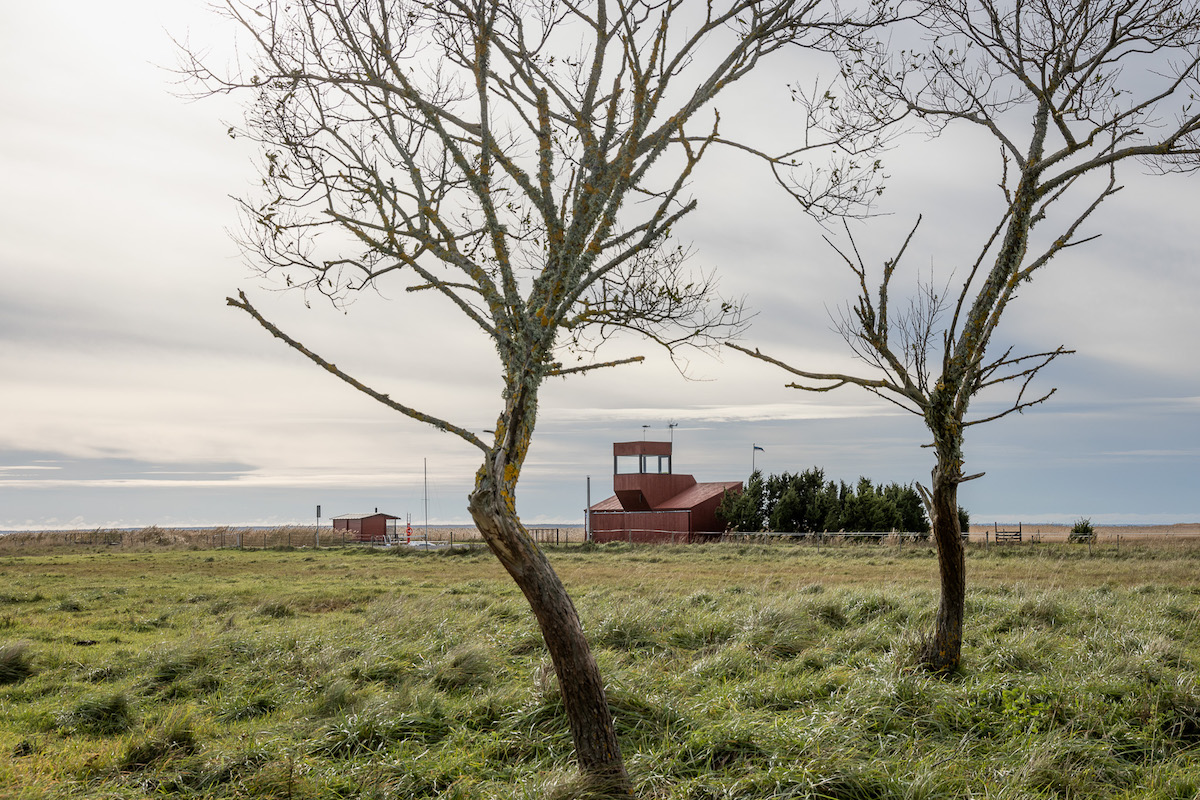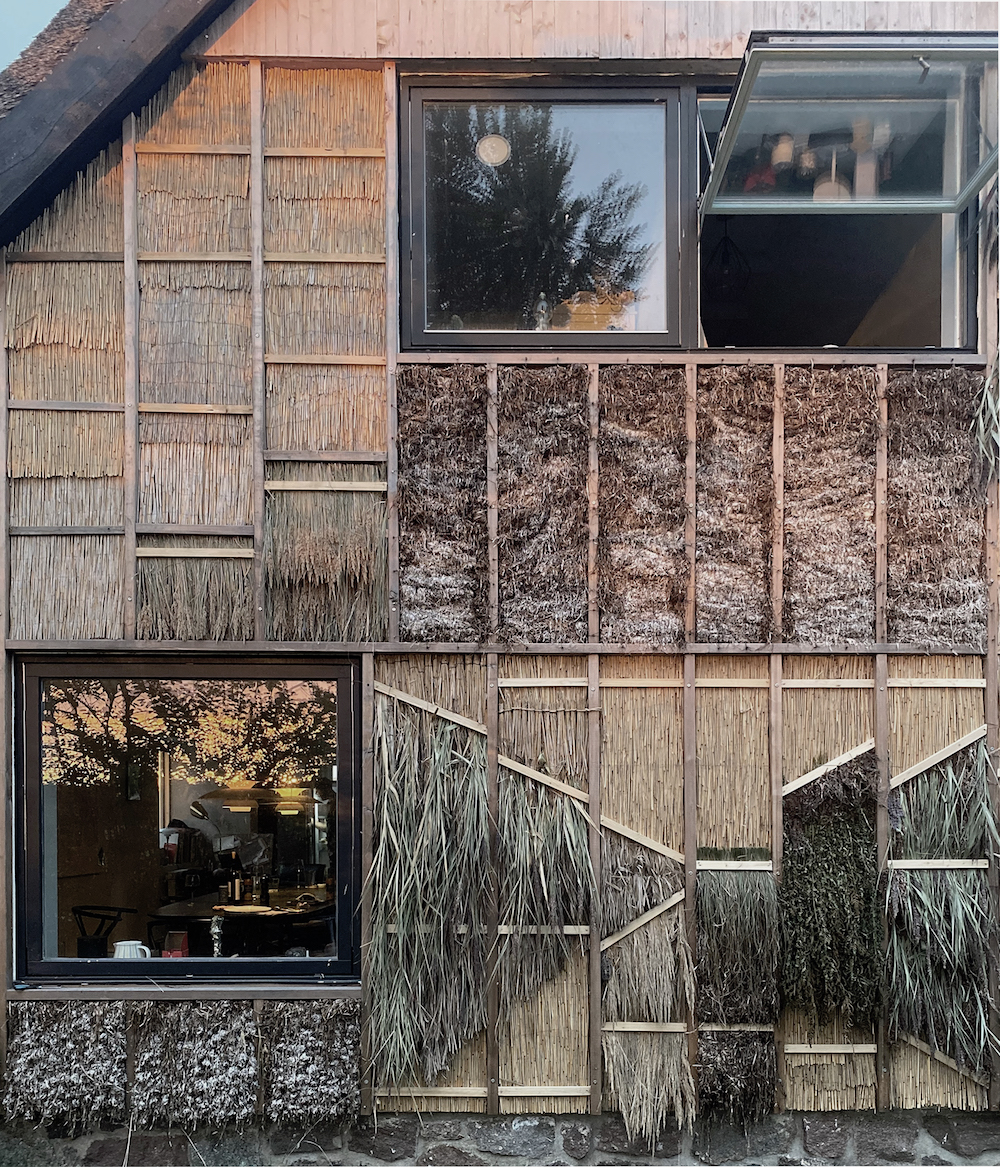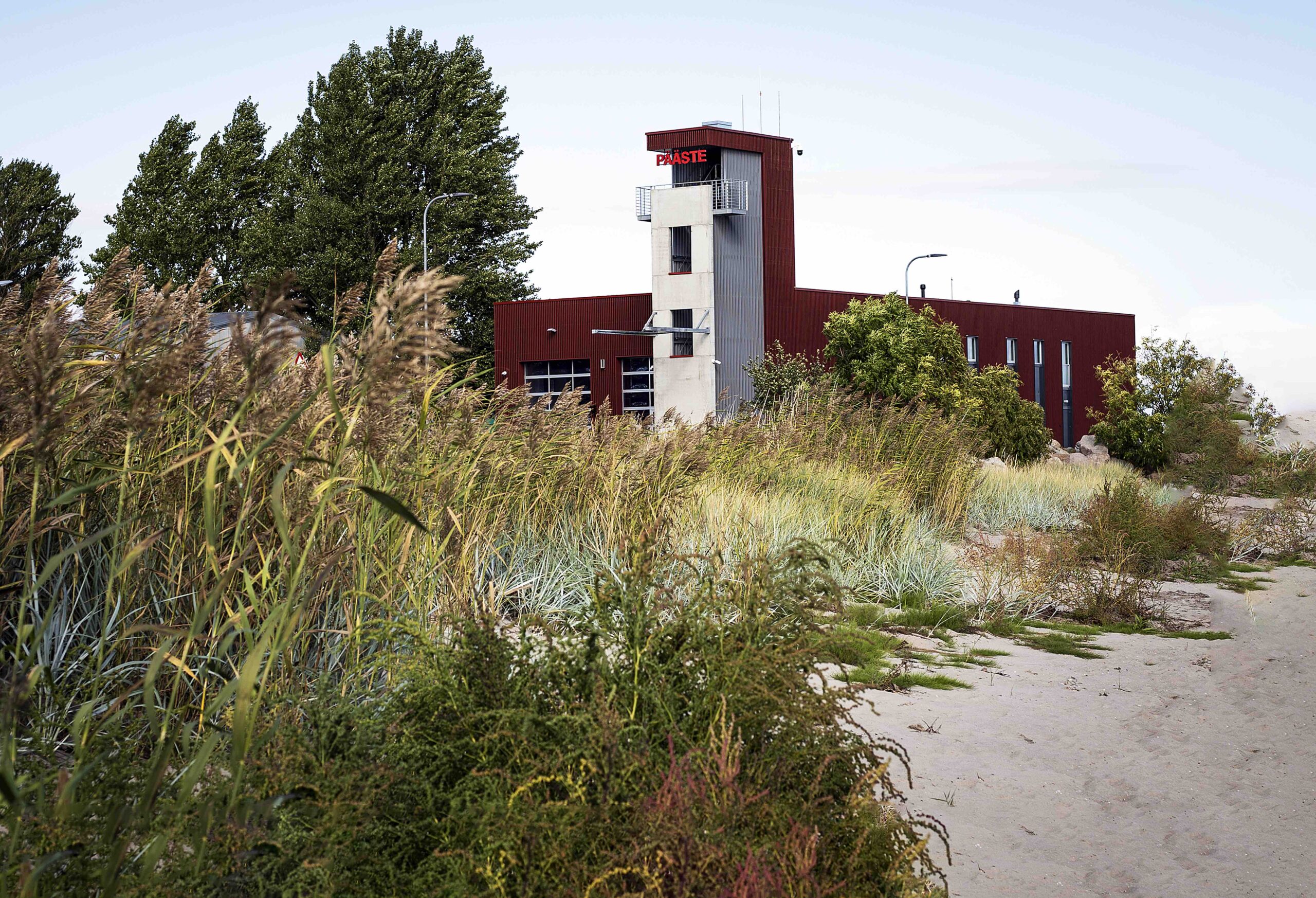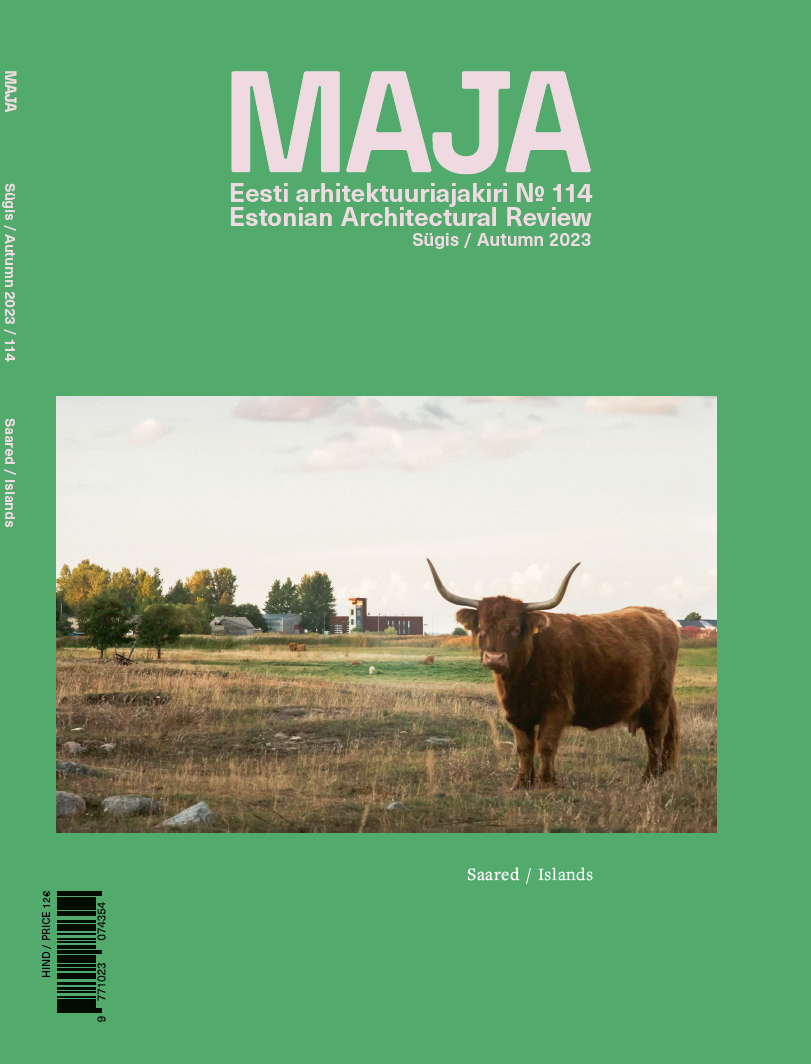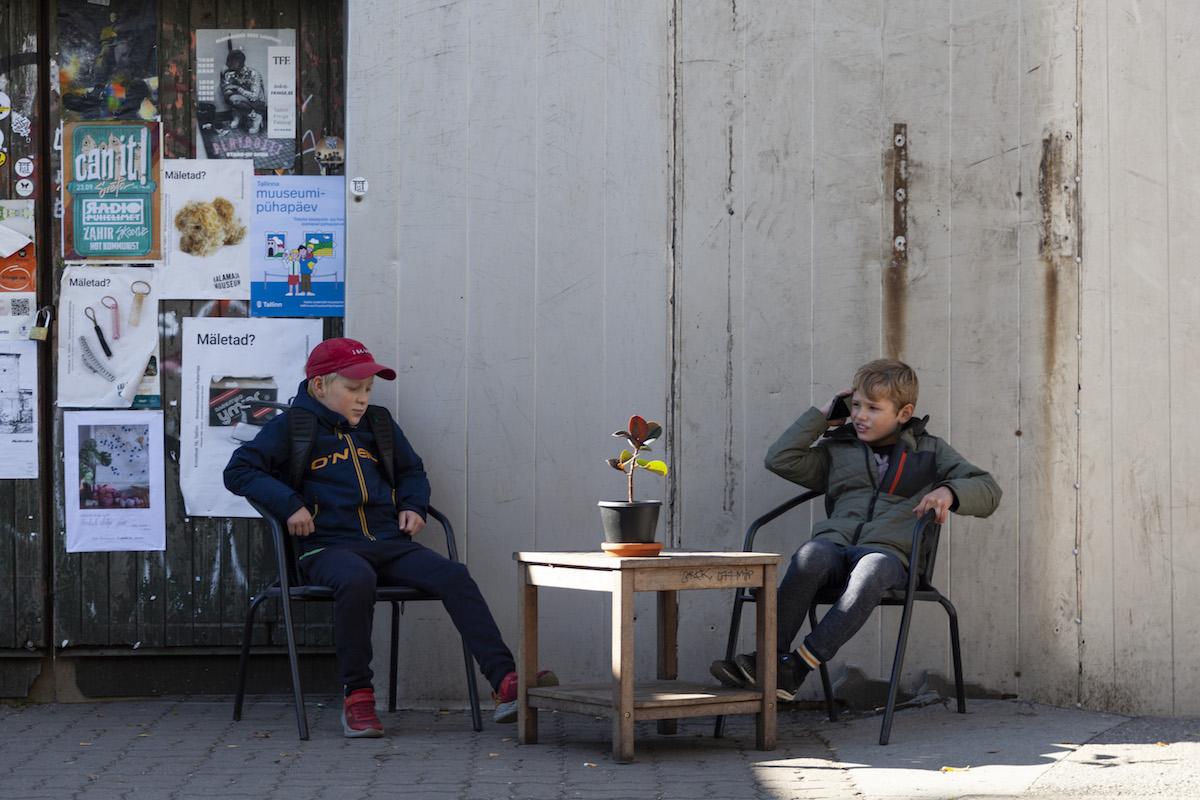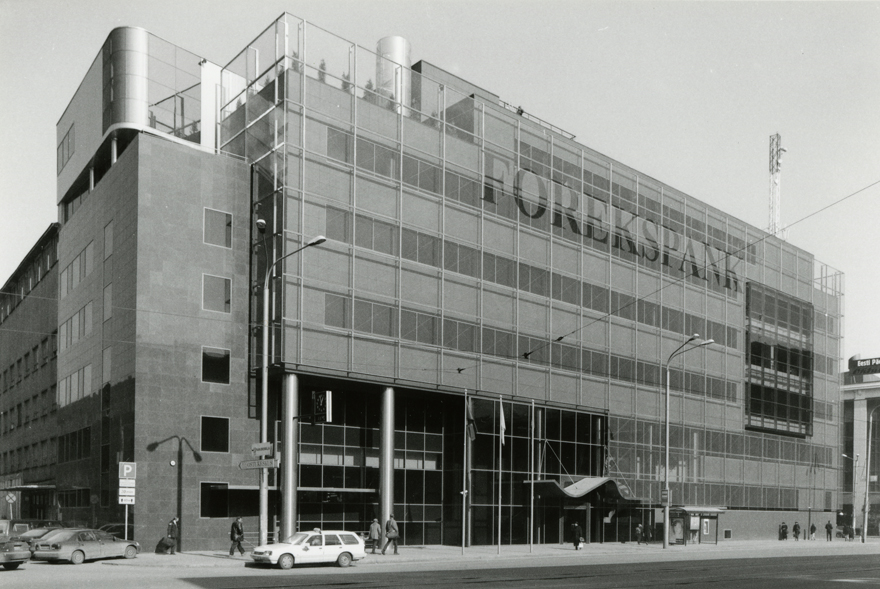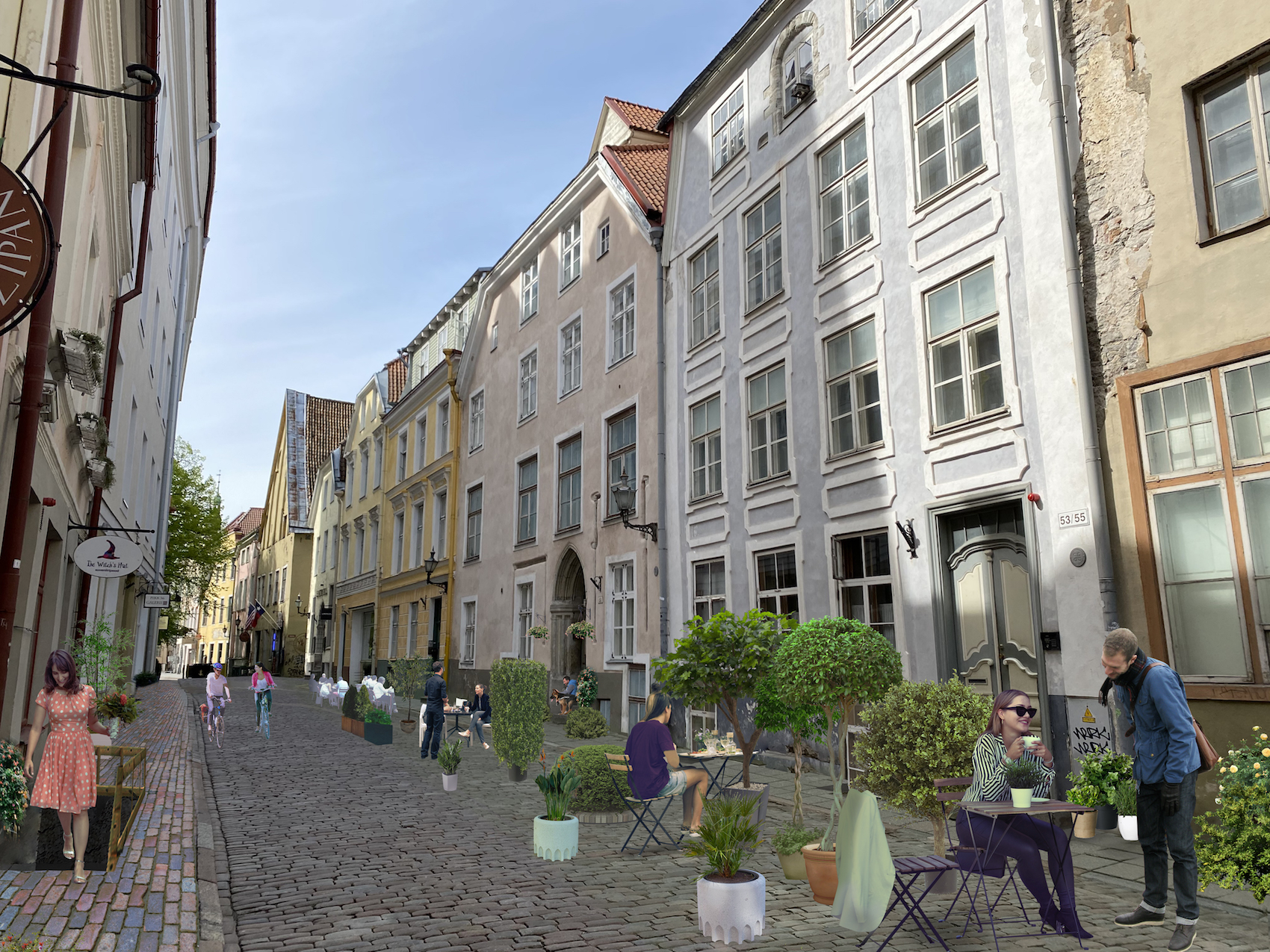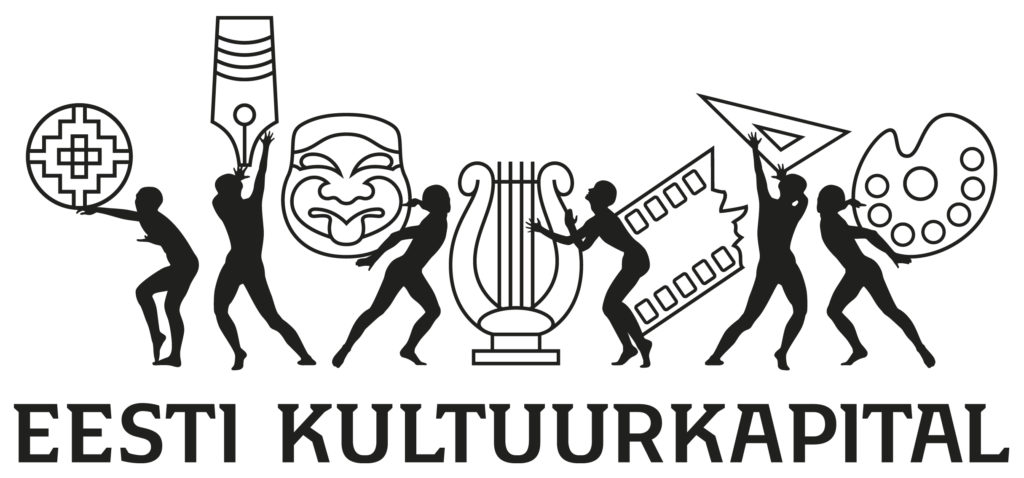 kaire
kaire
Framework of the Paide Process
A sense of mission is what drives the centenary Estonian Association of Architects to act as a replacement agent for the institution of the state architect that is currently missing in the Estonian architectural arena. Andro Mänd, Chairman of the Association, writes about what it takes to organise cross-disciplinary collaboration, an integral part of spatial design, based on the example of site selection for Paide State High School.
Baltic Vernacular. Experiments in research, teaching and practice
In the search for architectural strategies in times of a worsening climate crisis and diminishing resources, vernacular architecture has moved into spotlight. This is mostly due to its ability to passively respond to the local climate and make use of the ‘as found’—not only in terms of natural resources and building materials, but also in terms of available craftsmanship and local communities’ skillsets. Valuable knowledge of vernacular architecture, a pragmatic yet poetic, and in fact a scalable concept, is mostly passed on through buildings themselves as epistemic artefacts.
Kihnu Rescue Building
Architecture: Arhitektuuribüroo Studio Paralleel (Jaak Huimerind, Kadri Viltrop). Interior architecture: Pink (Tarmo Piirmets, Inna Fleišer).
Autumn 2023 (114): Islands
Islands have always inspired mystical tales. Can we also talk about distinctive island architecture and island space?
On Housing and the Public Sector’s Responsibility in a Society with a Free Market Fetish
As a country that has experienced Europe’s biggest increase in real estate prices, we will soon face the question: how to avoid reaching the top in segregation and spatial inequality too? Hannes Aava explores.
Charlotte Malterre-Barthes
Laura Linsi writes about the architect and educator behind ‘A Moratorium on New Construction’—the initiative that argues in favour of reviewing what in space production is desirable and what has ceased to be so.
Radio. Riches. Repository.
The bank building standing on an old industrial frame on Narva Road proves its ability to also serve as a public library. The obligation to survive various eras and situations is common to both buildings and people, Madli Kaljuste ponders.
A New Life for the Old Town
The Urban Forum held on June 14th–15th was looking for the subtle balance between the activities of visitors and locals as well as the old and the innovative new.

